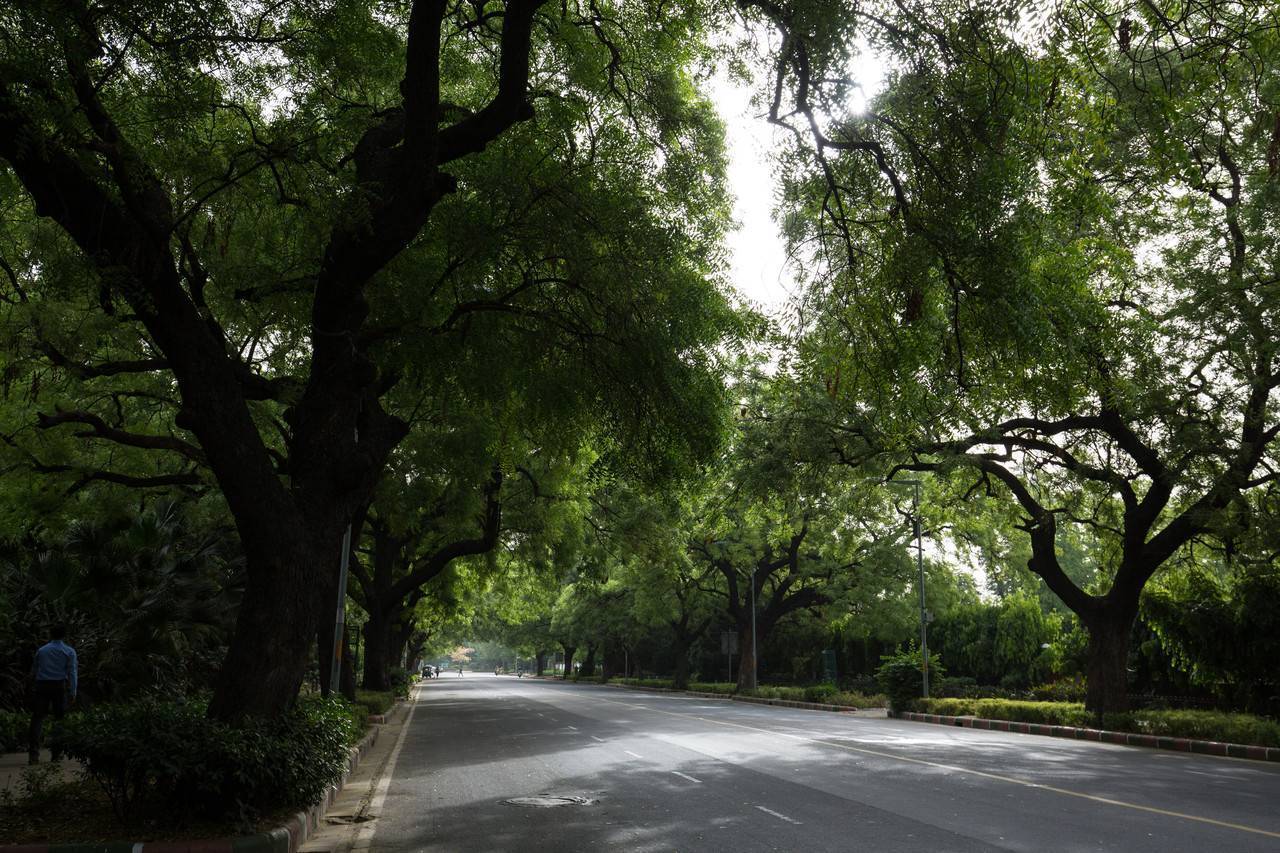The Indian government is working on streamlining the process for households to access loans for generating solar power under its flagship initiative, the PM Suryaghar Muft Bijli Yojana. The Ministry of New and Renewable Energy (MNRE) is collaborating with the Department of Financial Services and public sector banks to simplify the procedures associated with obtaining loans under this scheme.
Reducing Bureaucratic Hurdles
One of the major challenges faced by individuals looking to install solar power systems has been the lengthy documentation and approval processes. The new government proposal seeks to address these bottlenecks by reducing the number of required documents and eliminating the need for banks to conduct on-site inspections before loan disbursement. According to a government official, removing these steps would significantly ease the loan application process and reduce delays in installation.
The current loan scheme for solar power installations offers an interest rate of 7% from public sector banks. The national portal, which is integrated with the Jan Samarth Portal, facilitates access to credit-linked government schemes. However, the involvement of multiple steps, especially site inspections, has slowed down the approval and disbursement process. Streamlining these aspects will help households to quickly adopt solar energy solutions.
Aims of the PM Suryaghar Muft Bijli Yojana
The PM Suryaghar Muft Bijli Yojana was launched with the goal of helping households generate their own electricity through solar power, with a vision to install solar systems in 10 million homes by the end of 2026-27. This ambitious scheme is backed by a financial outlay of ₹75,021 crore, with ₹9,600 crore allocated for the fiscal year 2024-25 alone.
Since its launch, the scheme has seen a substantial increase in solar power installations compared to previous initiatives. By now, more than 685,000 installations have been completed, accounting for 86% of the total installations seen in the decade prior to the scheme’s introduction. This impressive progress highlights the growing demand for solar energy among Indian households.
Further Enhancements to the Scheme
While the scheme has made significant strides, officials suggest there are several areas where improvements can still be made. Faster disbursement of loans and subsidies would encourage more households to adopt solar solutions and contribute to the country’s renewable energy goals.
The government is looking to introduce further measures to enhance the overall experience for applicants. This includes reducing the processing time for applications, expediting the verification and approval process, and improving the overall accessibility of information regarding the scheme.
Solar Power: A Key to India’s Energy Future
The transition to solar power is seen as a critical step in meeting India’s energy needs while also addressing the environmental challenges posed by traditional energy sources. The scheme encourages individuals and communities to adopt clean energy, thus contributing to the nation’s sustainability goals. By simplifying access to financing and reducing bureaucratic hurdles, the government aims to accelerate the adoption of solar technology at the grassroots level.
In addition to the PM Suryaghar Muft Bijli Yojana, India is also investing heavily in large-scale solar projects, which are expected to significantly increase the country’s solar energy capacity over the next few years. The success of both individual and large-scale projects will be essential in helping India meet its renewable energy targets set for 2030.
As the government continues to fine-tune the loan process, there is a clear recognition of the need to make renewable energy accessible to all. The focus on reducing red tape, simplifying loan processes, and expanding the reach of the PM Suryaghar Muft Bijli Yojana will go a long way in ensuring that more Indian households benefit from solar power installations in the coming years.









.png)